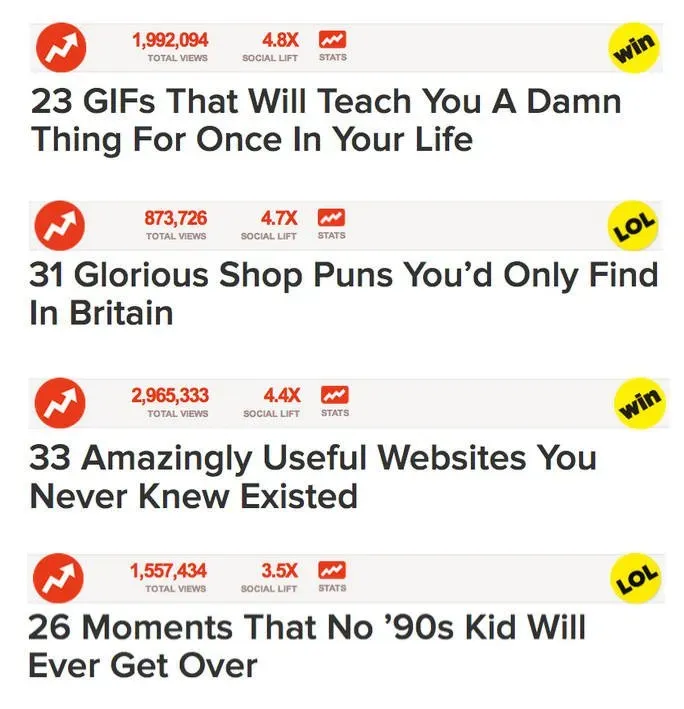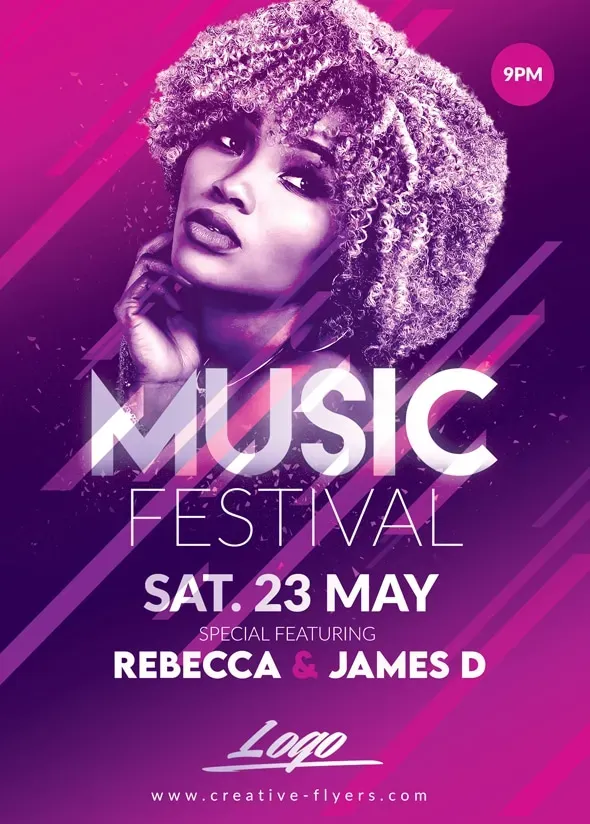Intro
So, why it’s important to win attention?
Well, in a world teeming with information and distractions, the art of capturing attention is a critical skill with far-reaching implications.

It is a new oil (yeah like “data is the new oil of the 20th century”).
First and foremost, attention acts as a threshold for effective communication.
Ability to secure attention = bridge between receiver and sender.
Without this pivotal first step, any message, no matter how valuable, remains confined to obscurity. There’s this good saying: “You can’t communicate what isn’t noticed”.
Total encapsulation of the attention idea.
Moreover, the acquisition of attention is synonymous with the successful transmission of information. It also extends to the realm of influence, recognition, and persuasion.
To power to captivate attention provides a platform for almost everything. Once you have people’s attention — you can share your stories, sway opinions, make emotional connections, and achieve other outcomes, but the foremost is:
With attention, you can stimulate action.
It doesn’t matter whether it’s personal relationships or some business negotiations on the highest level.
Building meaningful relationships, whether on a personal or professional level, hinges on paying attention.
In the business realm, attention directly impacts consumer engagement and brand loyalty. Captivating attention ensures that potential customers engage with your offerings and that your brand remains on their radar.
And again… It doesn’t matter whether you’re a solopreneur or a multi-billion enterprise.
The ability to win attention is more than a skill; it is a modern necessity for adaptation and evolution.
As the world evolves, the parameters for gaining attention shift. Staying attuned to these changes and refining attention-grabbing strategies is paramount for remaining relevant in our modern very dynamic world.
Now, do you want to win attention and establish supremacy over your timeline?
Then follow me, dear reader!
1. Curiosity Gap
A Curiosity Gap refers to the psychological state that arises when there’s a discrepancy between what we know and what we want to know. It’s literally that feeling of intrigue and interest that emerges when we encounter a gap in our knowledge or understanding
This concept is usually widely used in various fields such as
- Marketing
- Journalism
- Storytelling
- Content creation
- Sales
The curiosity gap is basically deeply rooted in the human brain’s natural tendency to seek out information and resolve uncertainties
When we come across something that triggers our curiosity but doesn’t provide all the answers immediately — we feel compelled to fill in the missing pieces.
This inner drive to resolve the gap motivates to engage with the content further. It doesn’t matter whether it’s reading an article, watching a video, or exploring a topic.
— Want to win attention? — Trigggggggggger curiosity!

The Curiosity Gap technique is not about deceiving or frustrating your readers/followers/customers. Instead, it should leverage curiosity to create engagement and involvement with content/products/services.
Don’t write a clickbait title if you can’t deliver it.
2. Visual Salience
Visual Salience is known to everyone. I promise. Everyone at least once in their lives has experienced influence of the visual salience.
Visual Salience refers to visual elements that stand out from their surroundings due to color, size, contrast, or movement. Such elements tend to draw attention.
Let’s go straight to the example:
Imagine you’re designing a promotional poster for a music festival.
Here’s where visual salience for strategic attention-winning comes into play:
- Color Contrast: In your poster design, you place a vibrant, high-contrast image of a musician on stage against a dark background. The colorful and dynamic figure contrasts sharply with the background, immediately drawing the viewer’s eye.
- Size Emphasis: The musician’s image occupies a significant portion of the poster, creating a larger-than-life presence. The contrast in size between the musician and other design elements enhances their salience.
- Motion: To add an extra layer of attention-grabbing, you incorporate subtle visual elements that imply motion, Which might be some dynamic lines or moving objects in the background. Even in a static poster, the illusion of movement can make the scene more visually engaging!
- Minimalism: Keep the rest of the poster relatively simple, with minimal text and clean design elements. This ensures that the viewer’s attention remains focused on the salient musician. This is the dark side of the visual salience. Avoid overdesigning.

Above is a pretty good example of visual salience. Contrast text & visuals. The image of Rebecca is emphasized compared to the starting time or date. There are these diagonal lines that imply motion and create an extra layer of movement even in the static poster. The last one — the design is perfectly minimalistic and ensures that the viewer’s attention is on the most crucial details and not spread on useless junk.
3. Emotional Content
Well, this one is obvious, but still, a lot of people (me included) tend to forget it in communicating their ideas/stories/messages, etc.
If you take a glance at my very first articles posted on Medium, you will observe that there was ample potential to captivate attention using emotionally charged visuals or headlines. However, circumstances aside…
Emotions are complicated. I mean REALLY complicated. But necessary in winning attention.
Emotional content tends to attract and hold attention better than neutral content due to the brain’s tendency to prioritize emotionally relevant information for survival and decision-making.
Emotions are hardwired into our evolutionary history as survival mechanisms.
When we encounter emotionally charged content, our brains activate the amygdala, a region associated with emotional processing.
This physiological response elevates the salience of emotional stimuli, diverting our focus from the mundane to the meaningful.
It doesn’t matter whether it’s a heartwarming story, a thought-provoking podcast title, or an emotional image.
Seek emotions!
4. Surprise
The role of surprise and novelty in winning attention is pivotal. Surprises disrupt our cognitive patterns & evoke curiosity (yes, just like the “Curiosity Gap”).
Our brains are naturally wired to seek out new and unexpected information.
Let’s imagine you write stories on Medium (just like I do).
For example, consider an article about productivity tips. The market for productivity tips is so oversaturated that it feels like every second person out there is a productivity guru.
I mean just look at the titles:

Instead of presenting the typical advice that readers have likely encountered before, infuse an element of surprise by introducing an unconventional tip or technique that challenges conventional wisdom.
It might be tedious to share something unconventional (in general independent thinking is VERY DIFFICULT), but I swear, you get all the attention of your readers for the article.
Example: Share how slowly keyboard typing actually enhanced your productivity.
Remember, while novelty and surprise are effective attention-grabbers, it’s important to strike a balance.
The surprise element should be relevant to the topic at hand and contribute positively to the overall message of your story.
Don’t overuse surprises, because otherwise it may lead to confusion or undermine the credibility of the content you’re posting.
In general, seek balance in life → at least it’s worth trying.
5. Personal Relevance
All the information that you try to transmit should be relevant to either individual’s interests, needs, or goals.
Relevance is the last missing part that captures and sustains attention.
Relevance is like a powerful filter.
In the world of endless content, it is more important than ever to filter the input information.
In machine learning there’s even a good saying for that:
Garbage in - garbage out!
Now some real-life examples:
Imagine attending a career development seminar.
The seminar is designed to help employees enhance their professional skills and advance in their careers. The topics being covered range from effective communication and leadership to time management and goal setting.
During the seminar, the speaker presents a case study of an employee who started in a similar position to the attendees but eventually climbed the ranks to become a senior executive.
The speaker highlights the individual’s journey, challenges faced, and strategies employed to achieve success.
For attendees who are looking to advance in their careers, this case study holds significant personal relevance.
Why?
Because it resonates! It resonates with their aspirations and concerns.
It also demonstrates that someone from a similar background has navigated a similar path successfully.
On the other hand imagine if the speaker decided to manipulate and based on false promises tell bold statements e.g. “By the end of this seminar, you’ll have the keys to your dream job!”.
It’s over.
There’s nothing personal in it. No substance and integrity. The world is full of scamsters, which means personal relevance and human connections are more important than ever!
That’s a wrap!
Thanks for reading! I hope you enjoyed it!
Stay tuned, stay safe & healthy!